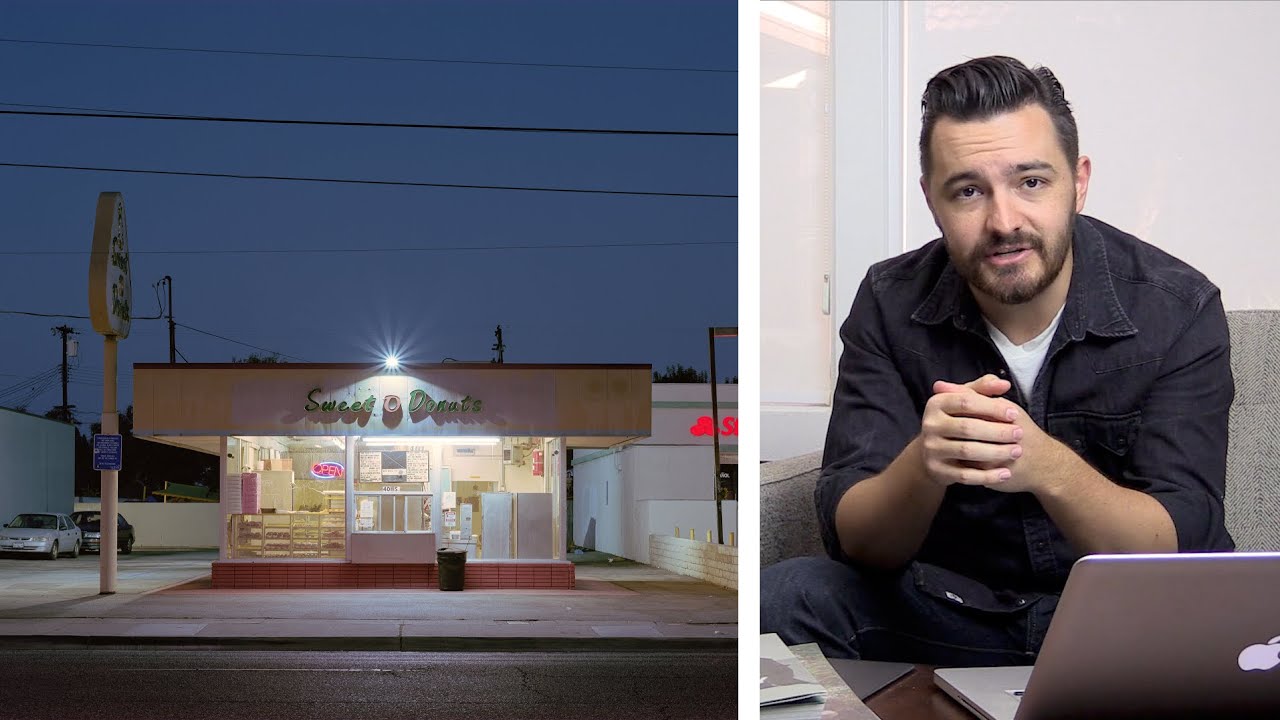This is an interesting discussion on a common topic here. You may not agree with his conclusions but his arguments are worth listening to.
I’m more in Nick Carvers space - less manipulation is more. Especially when it comes to resisting this current trend of cleaning up (cropping, cloning, AI removing/replacing, local masking darkening/vignetting, distorting) the edges of an image so all the elements that have lots of visual weight are always located far away from the frame.
Cheers,
Franz
That was an interesting video and I’m sure there are as many opinions on the subject as there are photographers.
For me, as someone who focuses on landscapes and nature, photography is an art of exclusion. I begin with a scene and work to simplify it by removing distractions until only what I choose to include remains in the frame. I do this through careful cropping, shifting my position, temporarily gently moving (but never damaging) grasses or branches, and yes, even cleaning up small distractions in post-processing.
I’m not trying to document the landscape exactly as it was but rather show it as I saw it was.
That said, I also generally don’t add anything to an image, whether physically or in post. If I want to create something from my imagination, I turn to painting, where I begin with a blank piece of paper and create the scene that I want.
Yes, I agree. For some reason I am much better at removing parts than I am at adding them. When I move or add something it always seems contrived in my mind. I’m not sure whether it really is that way or I’m imagining it that way, or if I’m just bad at inventing a scene convincingly.
But I think he’s in agreement here. I think he’s saying that if the object isn’t part of what you’re trying to say then it can go. Otherwise it must say. Actually I think he’s inconsistent. But that’s why I posted this. There are no firm conclusions on this subject. I think that’s why I lost interest in photo competitions.
100%! I went out shooting to a small lake a while ago and while hiking from my car to the lake I found a beautiful elk antler laying in the grass/shrubs close to the lake shore. While at the lake I struggled with finding a decent composition so went back for the antler and placed it in my foreground. The shot was terrible - it all felt so fake and un-natural that I quickly scrapped the idea.
Yep. That’s been my experience as well. I have to agree with him that if Ansel had placed that horse in that position it would have been a major turn off for me. What a great example! And yet that’s where photography (with AI) is going. Will we change?
I watched the video. This isn’t an issue I worry about. I don’t think photographers should lie, which means to me that if I’m offering an image that purports to be a documentary replica of a place, thing or event, changes can be problematic. But I’m seldom trying to replicate a place, thing or event. I’m usually trying to create pictorial events. In that kind of photography, by my lights, the result is the only thing that matters.
That’s how Guy Tal feels about it also. And yet he’s pretty faithful to reality.
